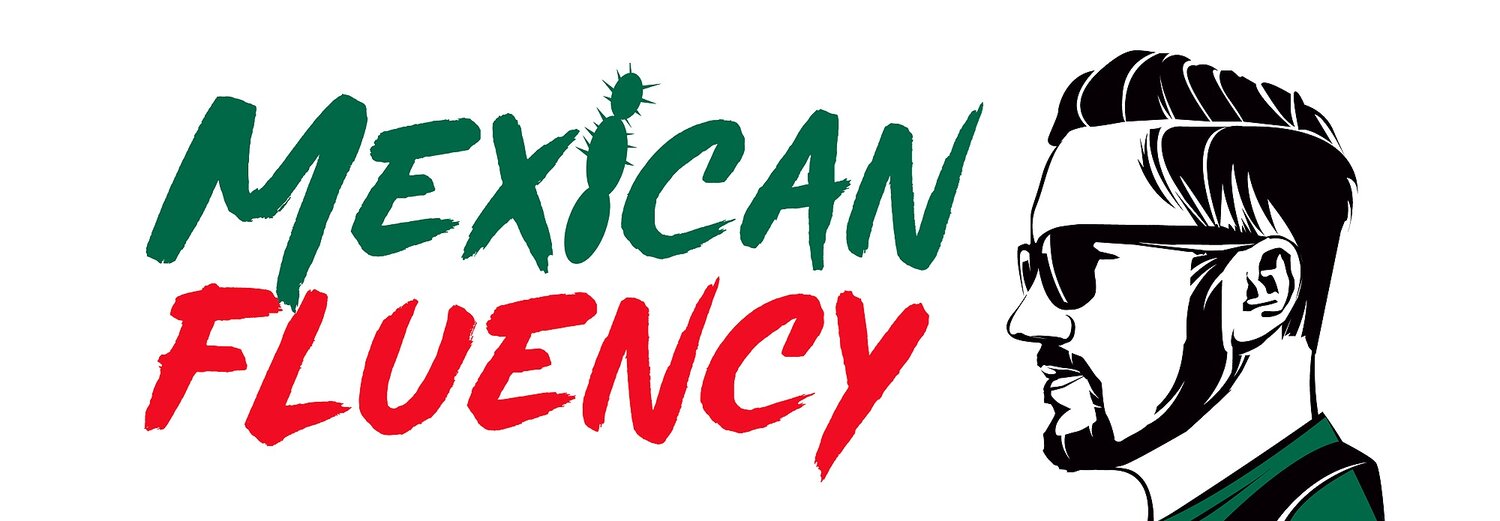Understanding the Past Tenses of "Ser" and "Estar" in Spanish
Learning Spanish involves mastering the nuances of verbs, especially when it comes to "ser" and "estar," both of which mean "to be" but are used in different contexts.
When it comes to past tenses, things can get a bit tricky.
Let's dive into the distinctions between "estuvo," "estaba," "fue," and "era" to help you use them correctly in your Spanish conversations.
Estuvo vs. Estaba
Both "estuvo" and "estaba" are past tense forms of the verb "estar," which is used to describe temporary states, conditions, or locations.
Estuvo is the preterite tense and is used for actions or situations that were completed or specific in the past. It emphasizes the completion of an action or a specific point in time.
Example: "Estuvo enfermo ayer." (He was sick yesterday.)
Estaba is the imperfect tense and is used for ongoing or habitual actions or situations in the past. It emphasizes the duration or continuity of a state or action.
Example: "Estaba enfermo cuando lo visité." (He was sick when I visited him.)
Fue vs. Era
Similarly, "fue" and "era" are past tense forms of the verb "ser," which is used to describe inherent characteristics, identities, or events.
Fue is the preterite tense and is used for completed actions or events in the past, often with a focus on the nature or identity of something. It can also be used for specific events.
Example: "Fue un buen concierto." (It was a good concert.)
Era is the imperfect tense and is used for describing characteristics, identities, or situations in the past that were ongoing or habitual. It's often used for descriptions, backgrounds, or conditions that were true over a period of time.
Example: "Era profesor antes de jubilarse." (He was a teacher before retiring.)
When to Use Each Form
Choosing between these forms depends on the context of your sentence:
Use estuvo and fue when you're referring to specific, completed actions or events in the past.
Use estaba and era when you're describing ongoing or habitual states, conditions, or characteristics in the past.
Practice Makes Perfect
To master the use of these verbs, practice by creating sentences for each form and using them in real-life conversations. Remember, the more you practice, the more natural it will become to choose the correct form based on the context of your sentence.
Understanding the nuances of "ser" and "estar" in their past tense forms is crucial for effective communication in Spanish.
By familiarizing yourself with the differences between "estuvo," "estaba," "fue," and "era," you'll be able to express past actions and states with greater accuracy and confidence.
Learn More with Our Courses
Ready to take your Spanish grammar to the next level? Check out our courses on Mexican Fluency:
Spanish Grammar Foundations: Perfect for beginners who want to build a solid foundation in Spanish grammar.
Spanish Grammar Intermediate: Designed for learners who want to deepen their understanding of Spanish grammar and take their skills to the next level.
Join us and start mastering Spanish grammar today!
